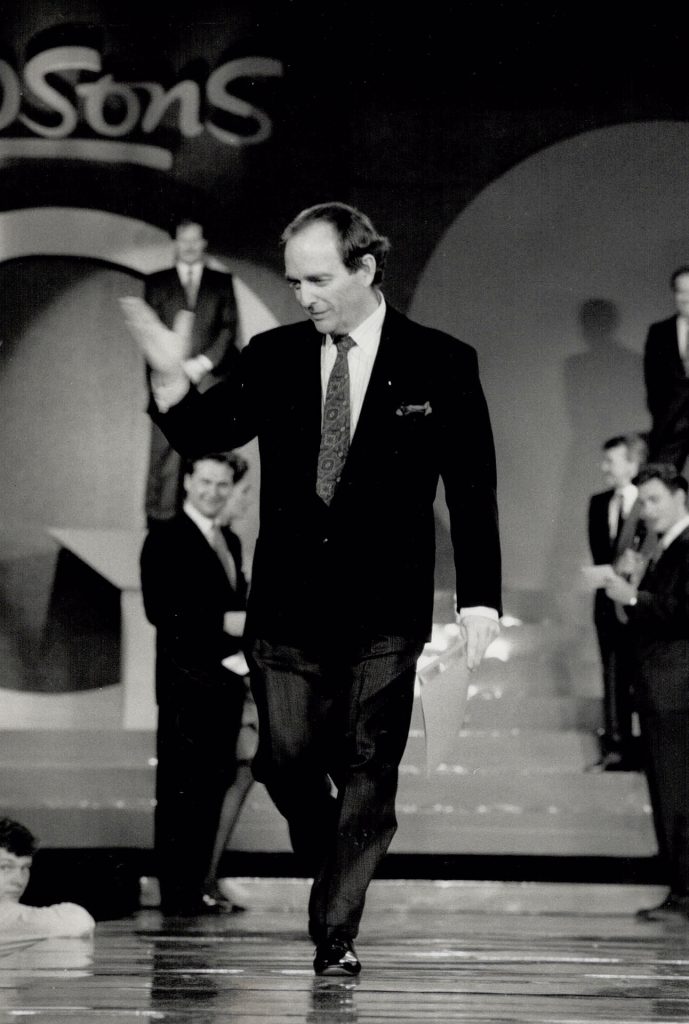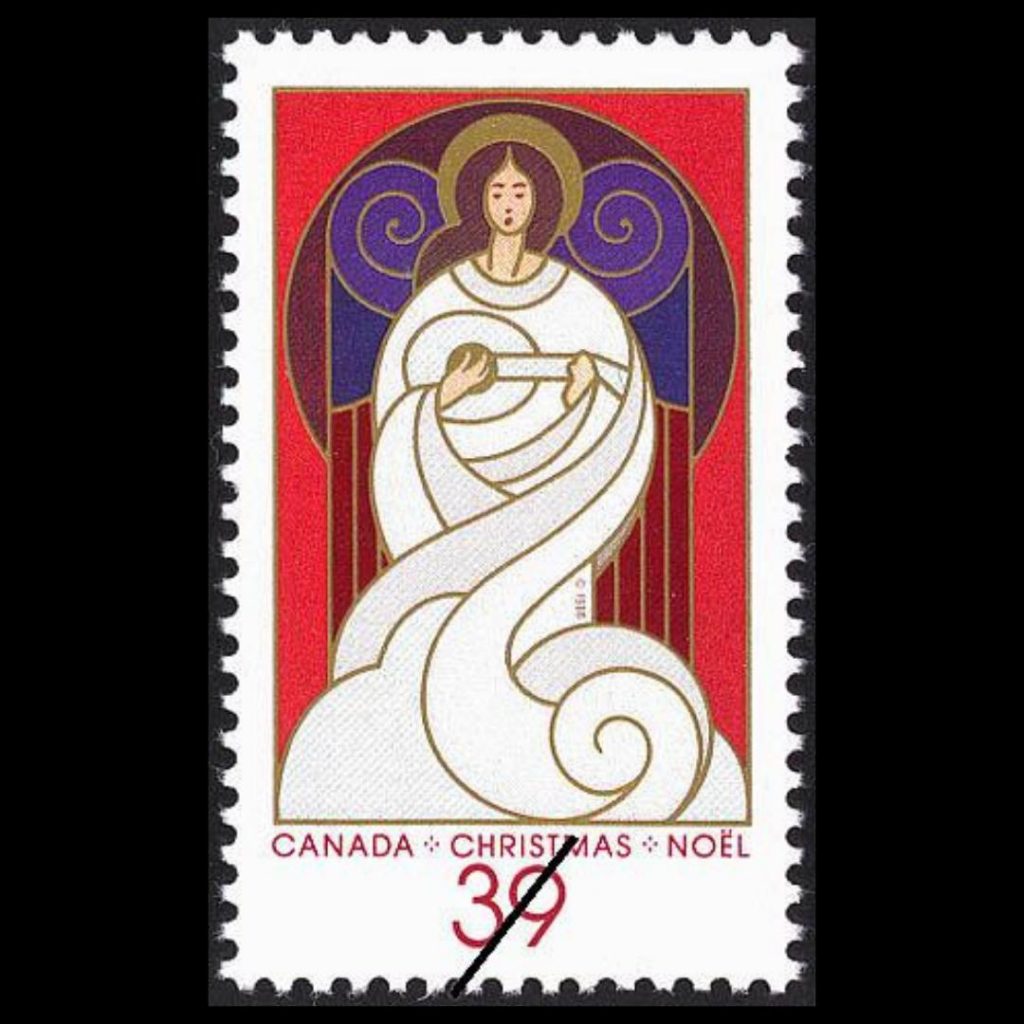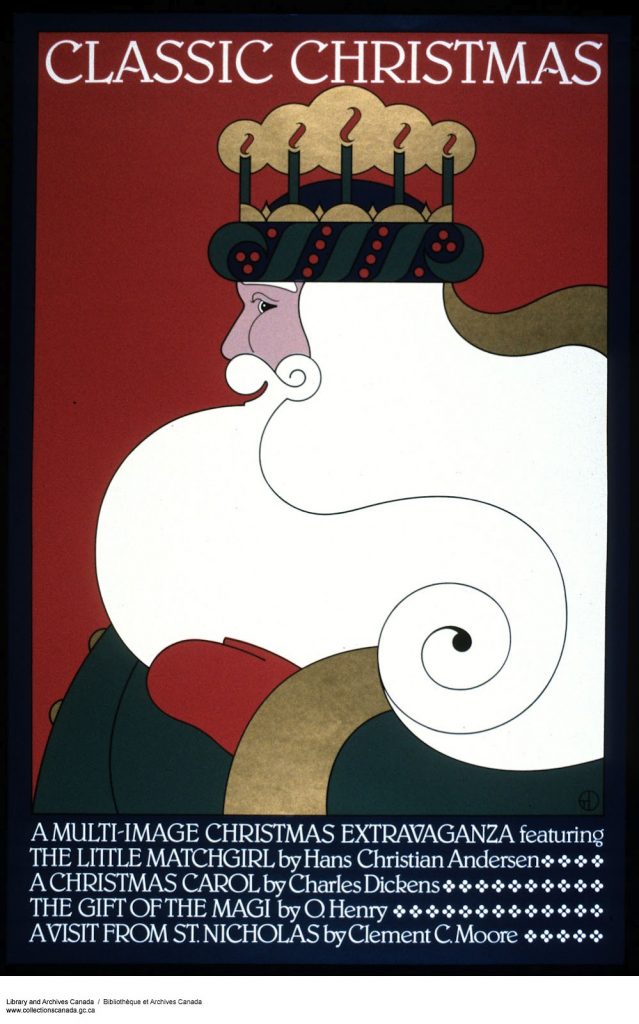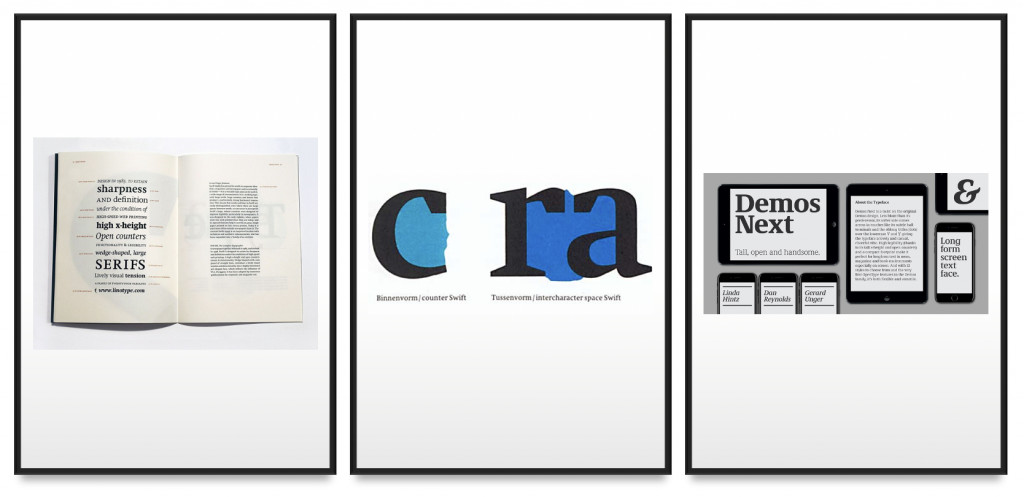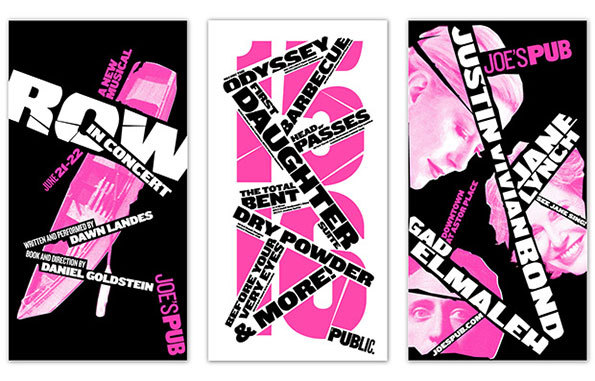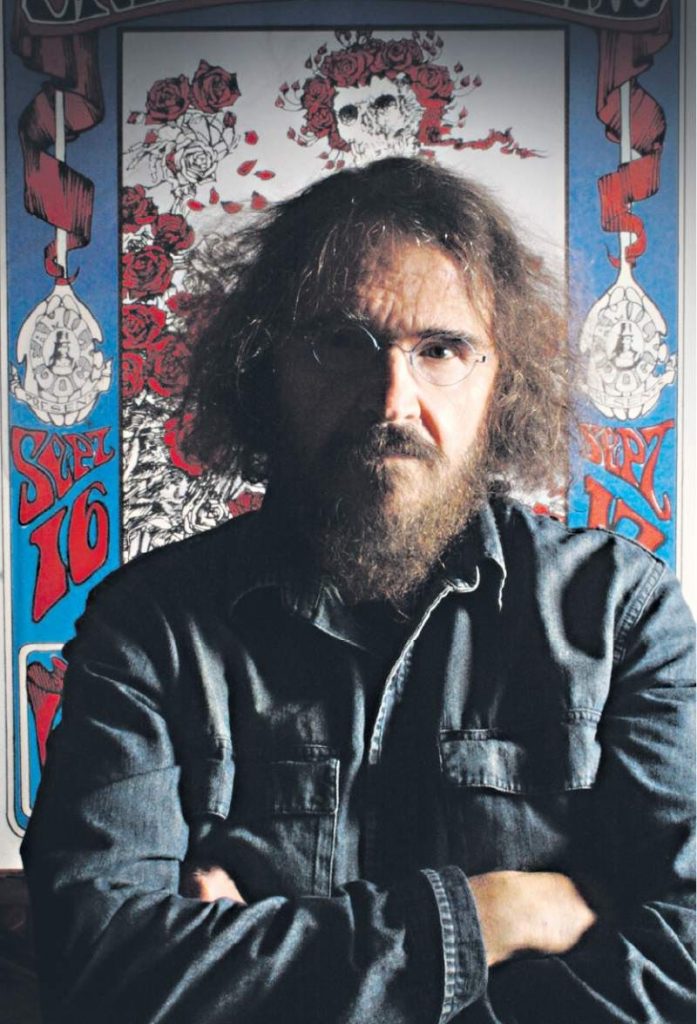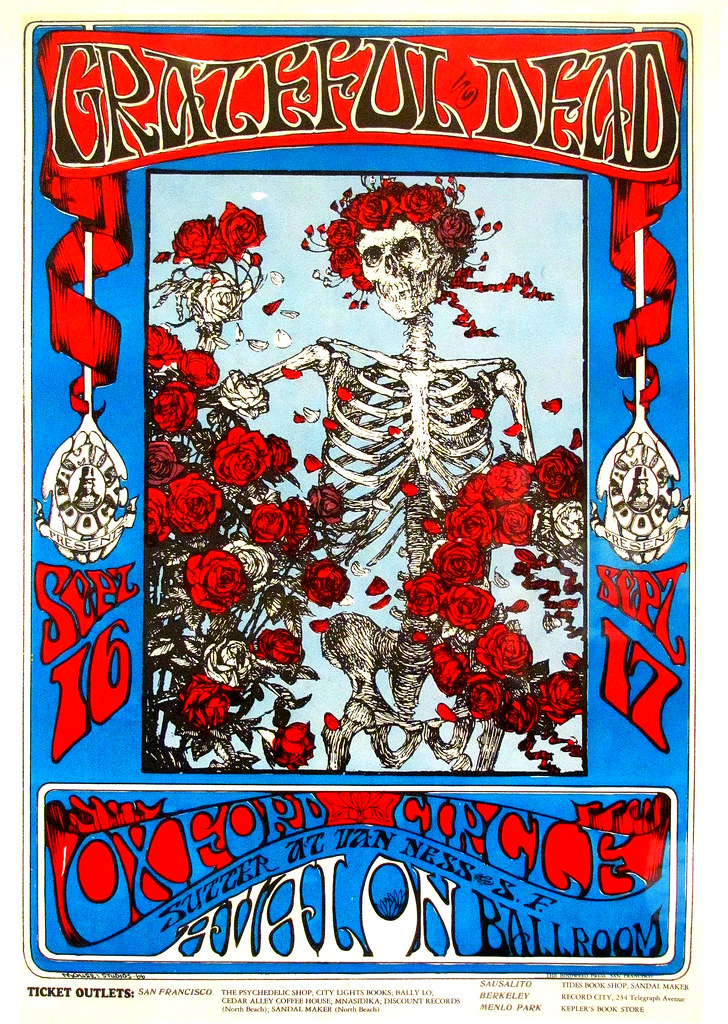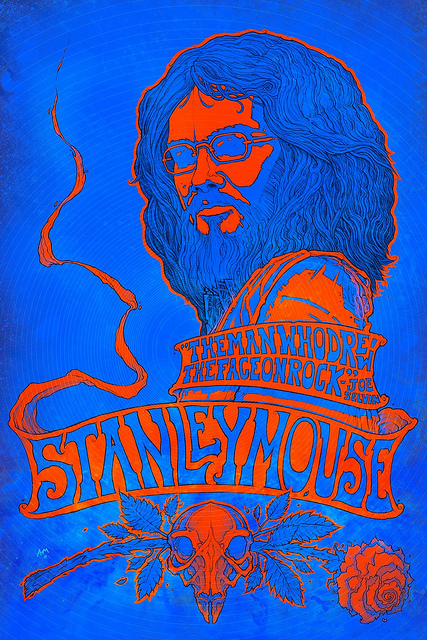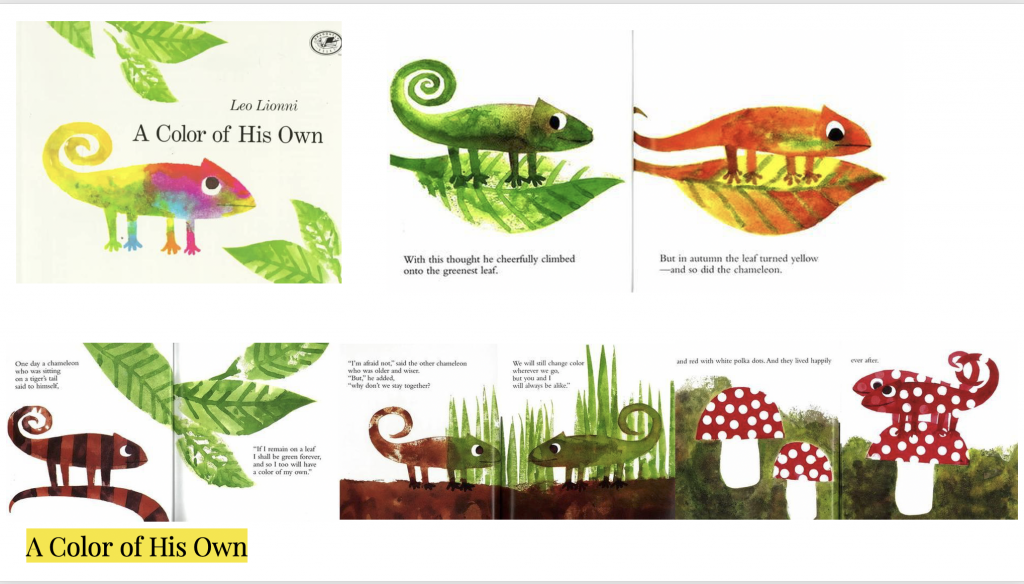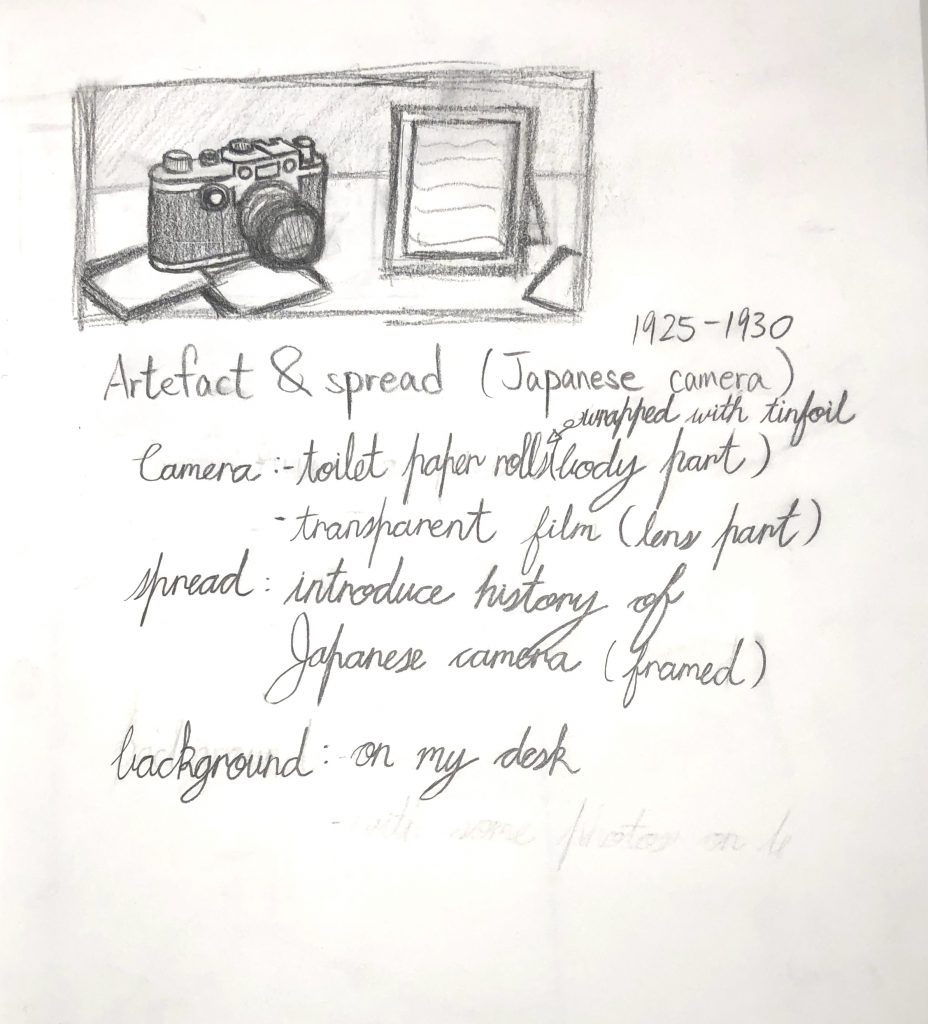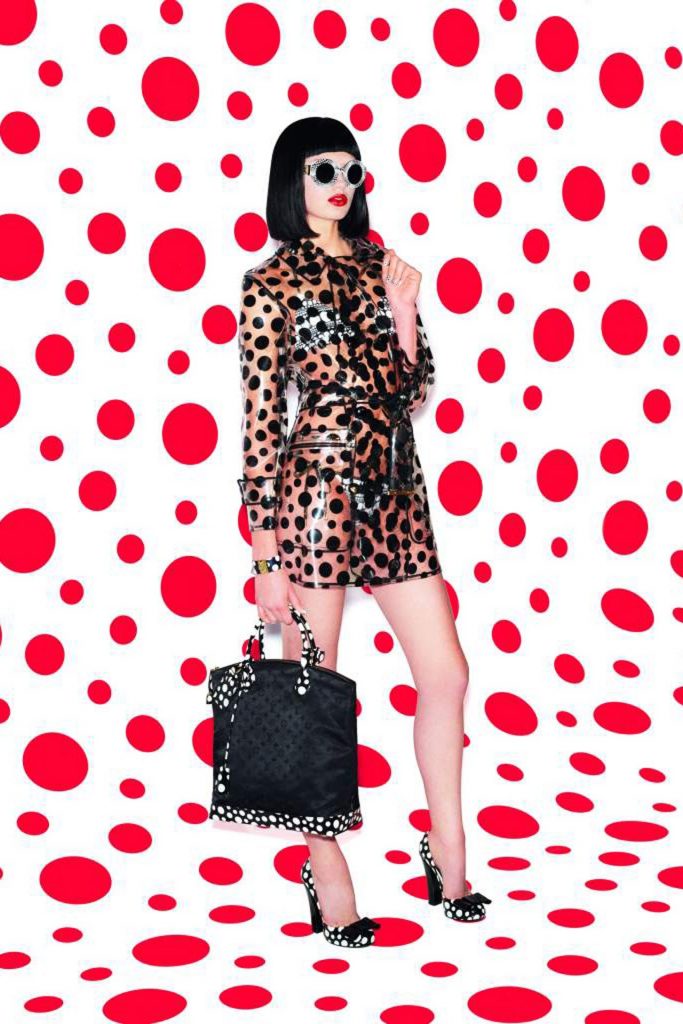by Sisy Wong
Here’s our group’s process of story board. We chose Colin for the main character and developed 4 stories for the project.
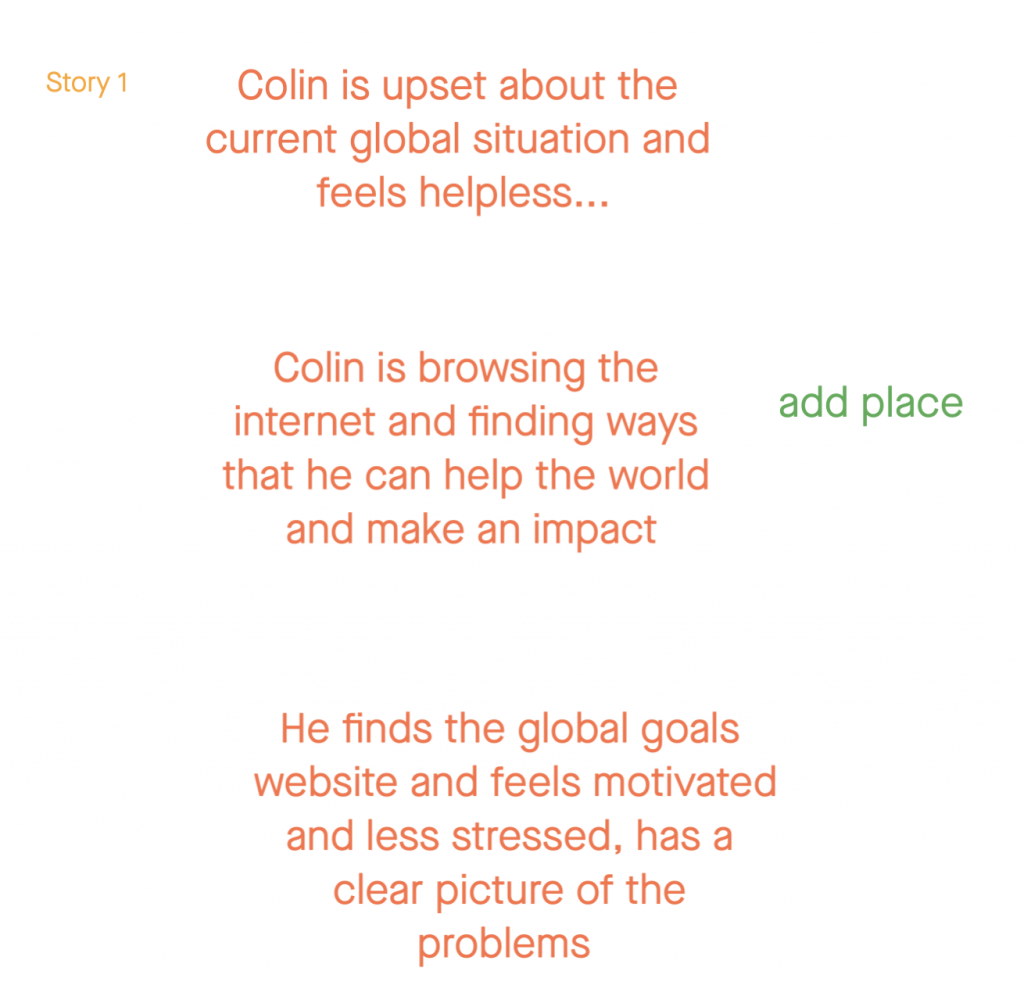
For our first story, we tried to make a concept of Colin noticed the severity of global goals, but after the discussion with Christina, we found out that we missed the place of this situation and started to look into the next story.
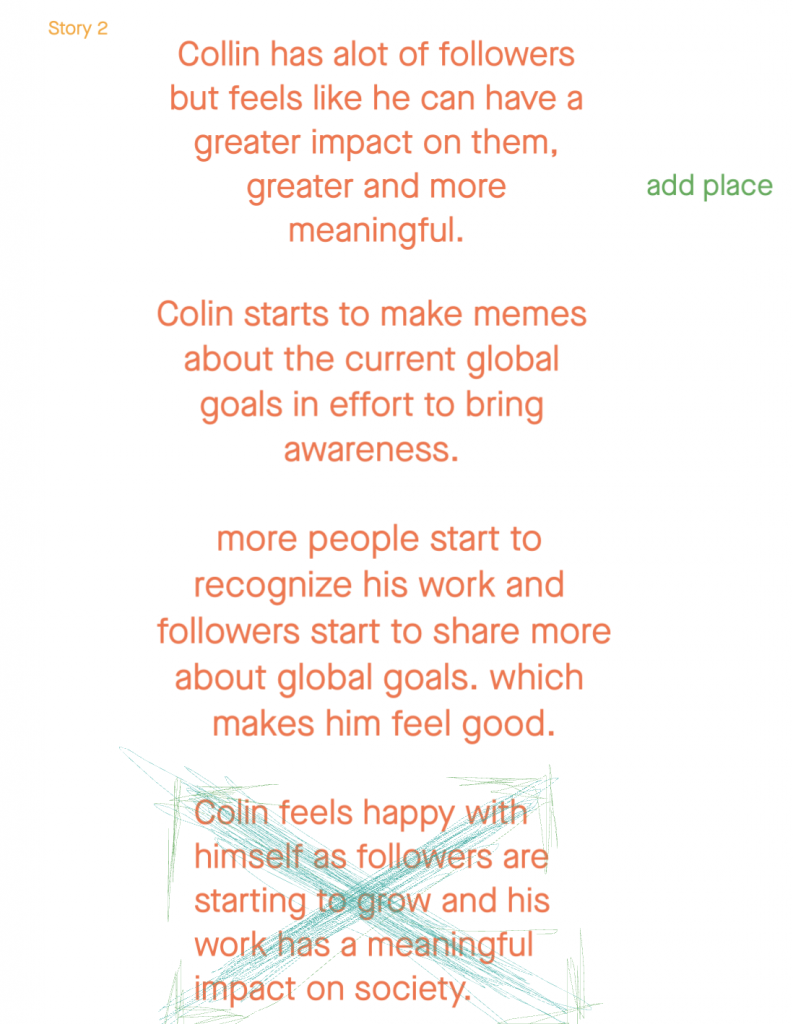
The second story is about Colin’s social media, we saw his profolio and it mentioned he has lots of followers in Instagram and we used this point to create this story. However, we don’t think this story is the uniquest one, so we kept looking to other one.
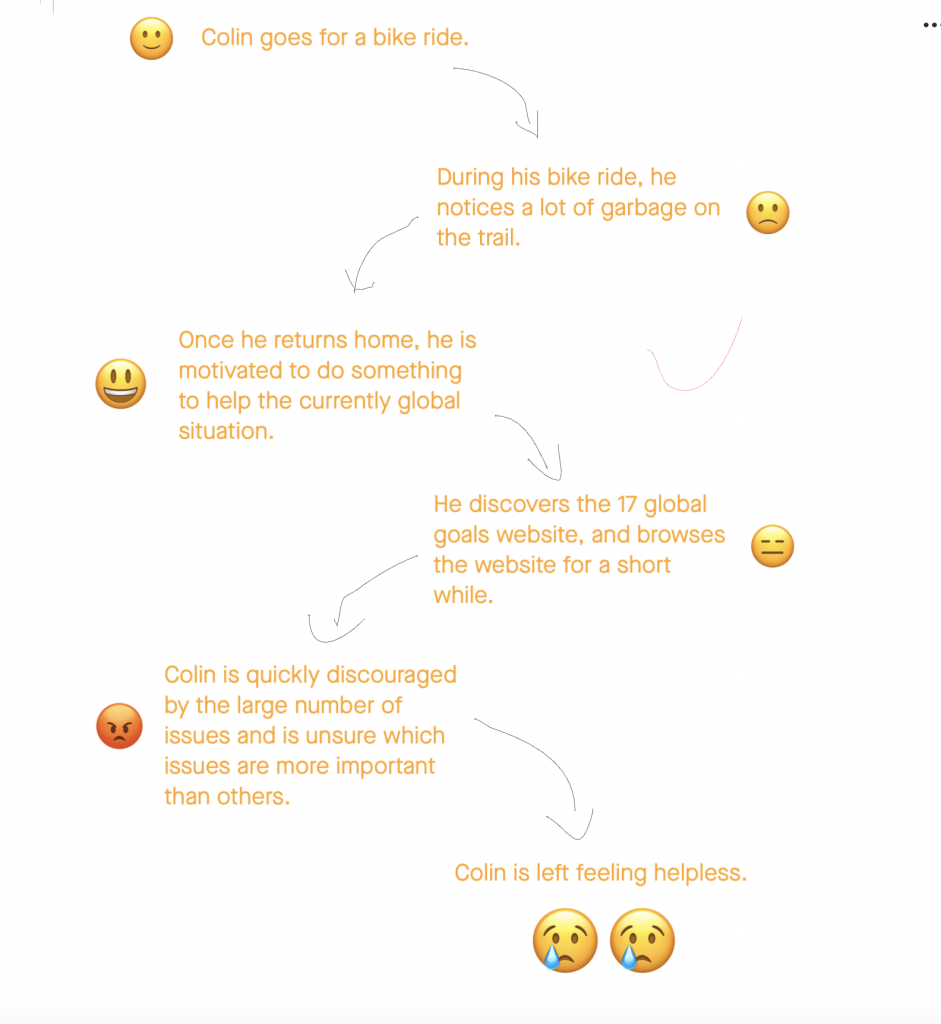
This is our best story idea, it’s unique and have emotions on each sections.

This is our last story and it has the same problem with story 2, we think story 3 is the best one and we used that story to complete our storyboards independently.

This is my storyboard, I’d like to make it simple and easy to get it, so I just draw the outline of figures and tried on different angles to show the character ‘s expressions.
